2022 Acura MDX SUV Insurers' Top Safety Pick
The 2022 Acura MDX SUV’s Top Safety Pick (TSP) from the Insurance Institute for Highway Safety runs counter to all the racing around done in Acura’s commercials. The MDX is the automaker’s third vehicle to receive the IIHS’s highest safety rating, along with the RDX and TLX.
Rated tops for crashworthiness, the MDX was superior in collision-mitigating braking systems, and standard for headlights. MDX has the same safety and driver-assistive technology found on all Acura sedans and SUVs.
Adaptive cruise control is paired with road-departure alleviation, for those ever-so-brief moments when you nod off behind the wheel.
In the event you do go off-roading unintentionally, the Acura MDX SUV’s advanced body structure has the nod from the IIHS for its occupant protection and ability to spread the crash energy. Having had the misfortune of paying for a 5-mile-per-hour frontal collision a few years ago, the ability to spread crash energy has nothing to do with the cost of replacing the front fascia.
Acura’s LED headlights received best-in-class ratings to go along with the TSP designation. Crashworthiness is the big deal, as the vehicle needs to hold up in every test thrown at it, including crashing into the passenger side. The IIHS should consider repair costs, as in what it takes to fix the damage.
TSP front crash protection must be up to advanced or superior standards, for both SUV-to-SUV, or vehicle-to-pedestrian. Thinking about this last test, do they use a crash test dummy? Running into a pedestrian, the MDX’s condition would not be a concern.
MullenLowe, the ad agency who coined Acura’s current tagline, “Less talk. More drive.” must find the IIHS’s endorsement somewhat amusing as it goes against the high-performing imagery they’re putting out there. Seems the agency thought the public had forgotten about Acura, and it was important to wake them up.
[Images: Acura]
With a father who owned a dealership, I literally grew up in the business. After college, I worked for GM, Nissan and Mazda, writing articles for automotive enthusiast magazines as a side gig. I discovered you could make a living selling ad space at Four Wheeler magazine, before I moved on to selling TV for the National Hot Rod Association. After that, I started Roadhouse, a marketing, advertising and PR firm dedicated to the automotive, outdoor/apparel, and entertainment industries. Through the years, I continued writing, shooting, and editing. It keep things interesting.
More by Jason R. Sakurai
Latest Car Reviews
Read moreLatest Product Reviews
Read moreRecent Comments
- 2ACL I have a soft spot for high-performance, shark-nosed Lancers (I considered the less-potent Ralliart during the period in which I eventually selected my first TL SH-AWD), but it's can be challenging to find a specimen that doesn't exhibit signs of abuse, and while most of the components are sufficiently universal in their function to service without manufacturer support, the SST isn't one of them. The shops that specialize in it are familiar with the failure as described by the seller and thus might be able to fix this one at a substantial savings to replacement. There's only a handful of them in the nation, however. A salvaged unit is another option, but the usual risks are magnified by similar logistical challenges to trying to save the original.I hope this is a case of the seller overvaluing the Evo market rather than still owing or having put the mods on credit. Because the best offer won't be anywhere near the current listing.
- Peter Buying an EV from Toyota is like buying a Bible from Donald Trump. Don’t be surprised if some very important parts are left out.
- Sheila I have a 2016 Kia Sorento that just threw a rod out of the engine case. Filed a claim for new engine and was denied…..due to a loop hole that was included in the Class Action Engine Settlement so Hyundai and Kia would be able to deny a large percentage of cars with prematurely failed engines. It’s called the KSDS Improvement Campaign. Ever hear of such a thing? It’s not even a Recall, although they know these engines are very dangerous. As unknowing consumers load themselves and kids in them everyday. Are their any new Class Action Lawsuits that anyone knows of?
- Alan Well, it will take 30 years to fix Nissan up after the Renault Alliance reduced Nissan to a paltry mess.I think Nissan will eventually improve.
- Alan This will be overpriced for what it offers.I think the "Western" auto manufacturers rip off the consumer with the Thai and Chinese made vehicles.A Chinese made Model 3 in Australia is over $70k AUD(for 1995 $45k USD) which is far more expensive than a similar Chinesium EV of equal or better quality and loaded with goodies.Chinese pickups are $20k to $30k cheaper than Thai built pickups from Ford and the Japanese brands. Who's ripping who off?
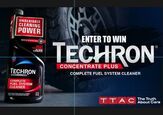
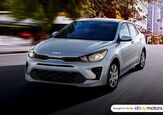
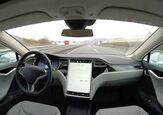

















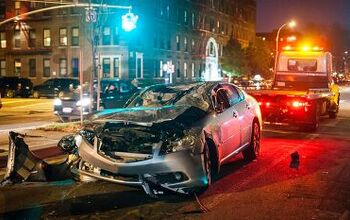
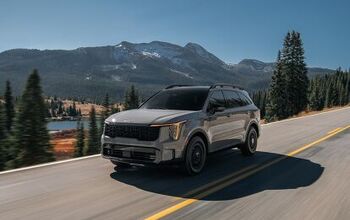
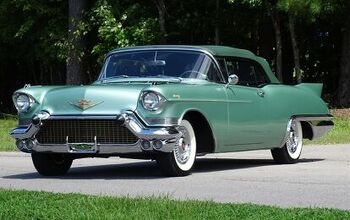
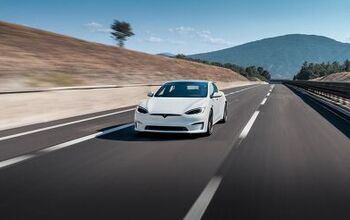
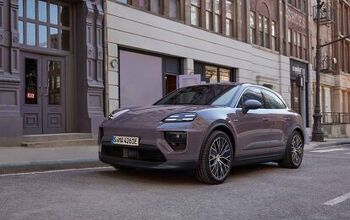
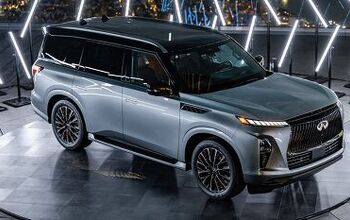

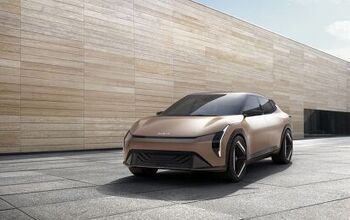
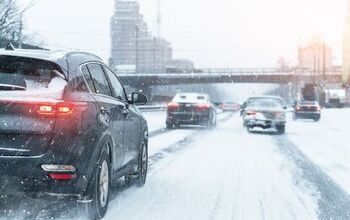
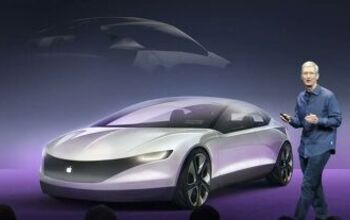
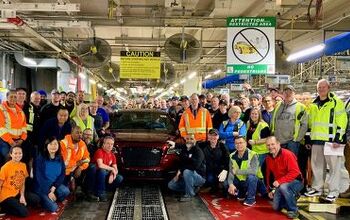
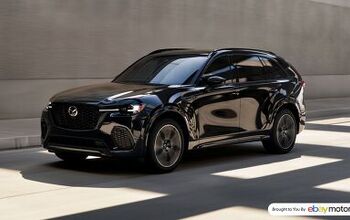
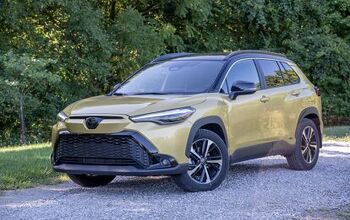
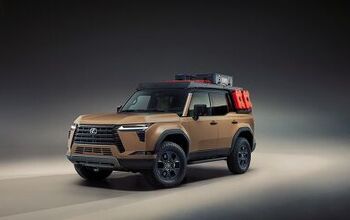
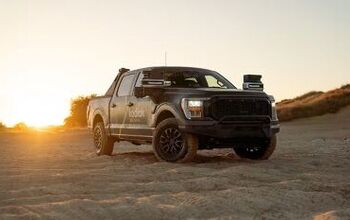
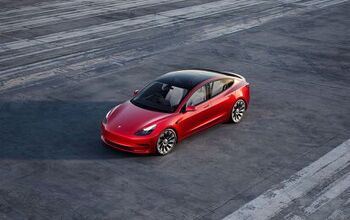
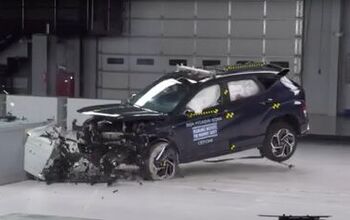
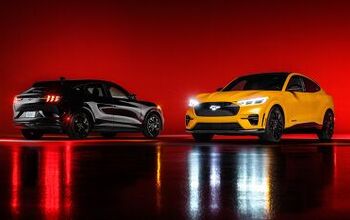
Comments
Join the conversation
This is news? Oh and that interior isn't looking too good in whorehouse red and black. Really does resemble some one off MY trim in a late 80s Cadillac.
"The IIHS should consider repair costs, as in what it takes to fix the damage." The issue here is safety of passengers and not repair cost. The more energy the car absorbs during the crush the less energy the passengers absorb. The cost of fixing people (or disabling them) is exponentially higher than fixing or totaling a car. I do agree though that a car should not sustain major damage in 5 mile collision.